Skansen open-air museum, Stockholm
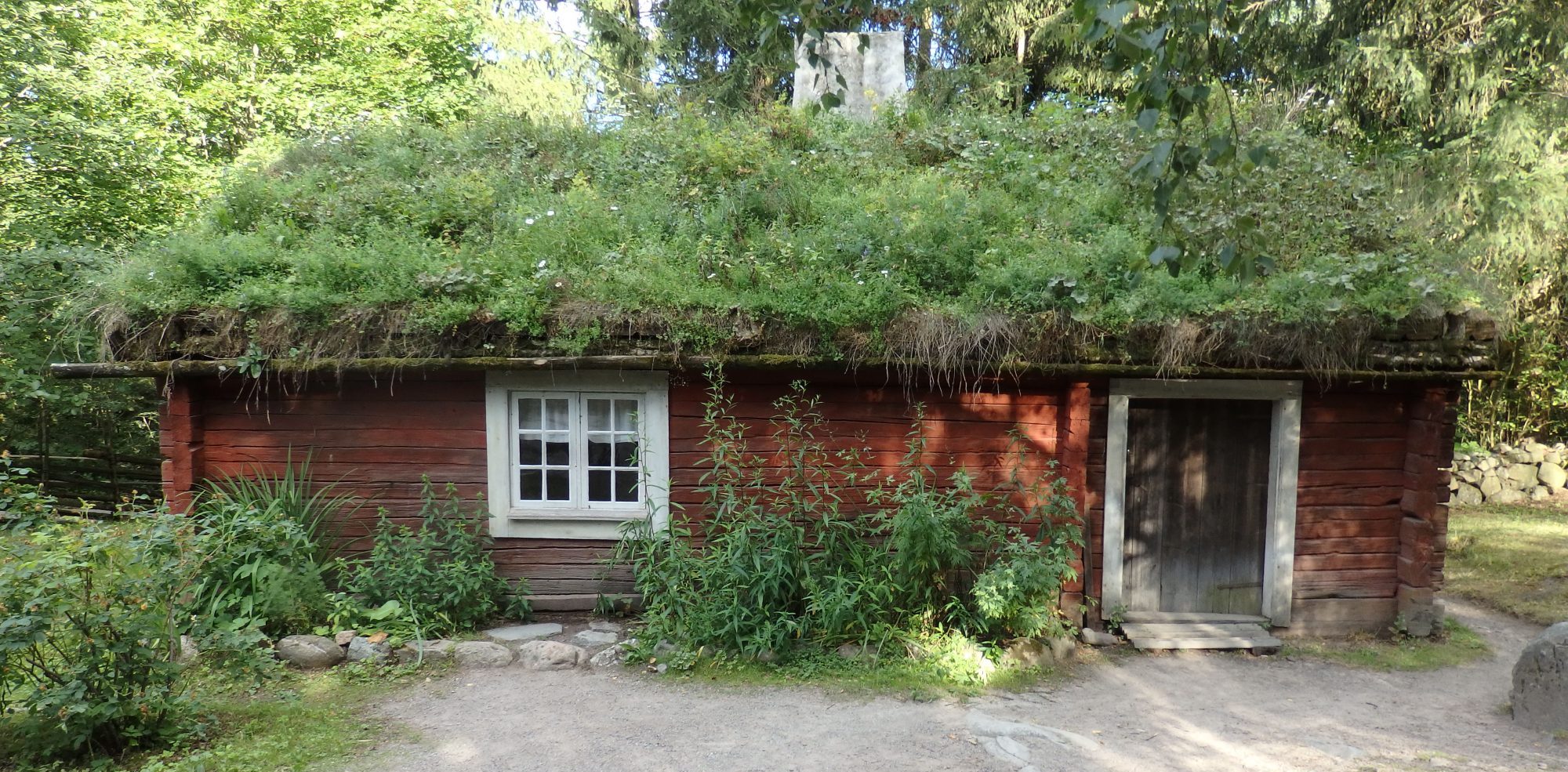
Or:
Both of these statements are true. The fact is that most of us only have limited time when we travel, and, if you’re like me, you want to see as much as possible in that limited time. Open-air museums help us cut corners by letting us see buildings from a wide area assembled in one place, saving travel time.
I love open-air museums because the good ones (like this one in Japan) aren’t just a dry assemblage of buildings. Instead, they make the historical traditions and way of life of the country come alive.
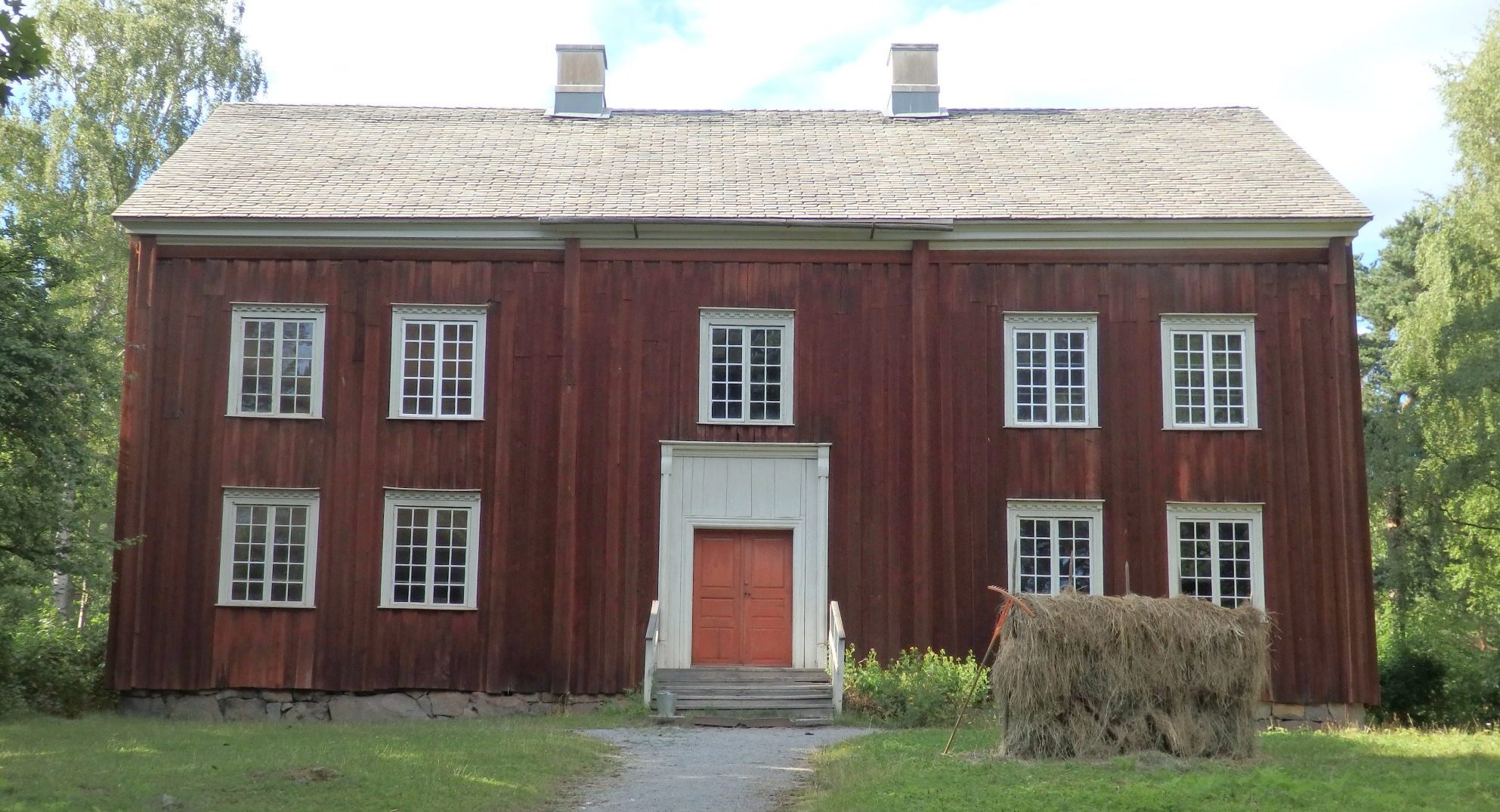
I visited two open-air museums on my recent short trip to Stockholm. I wrote about one, Julita Manor, already. The other, much better known, is Skansen, in the Swedish capital, Stockholm.
Skansen claims to be the world’s first open-air museum, established in 1891. The buildings are almost all original and were moved to Skansen from villages and farms all over Sweden. The emphasis is on rural life, so the buildings are spread out over 30 hectares (74 acres) to give an idea of how they looked in their original settings.

Like many open-air museums, at Skansen visitors can enter the buildings, which contain furnishings matching different periods. Skansen adds a layer of authenticity by populating the buildings with people dressed to the relevant period. They explain the furnishings, the clothing, and generally answer questions. A woman dressed in very simple clothing explains the workers’ housing. A man in a much fancier outfit tells about the estate owner’s house. Many also demonstrate period activities and crafts like weaving or like baking the traditional dry barley bread that was a staple in the north of Sweden.
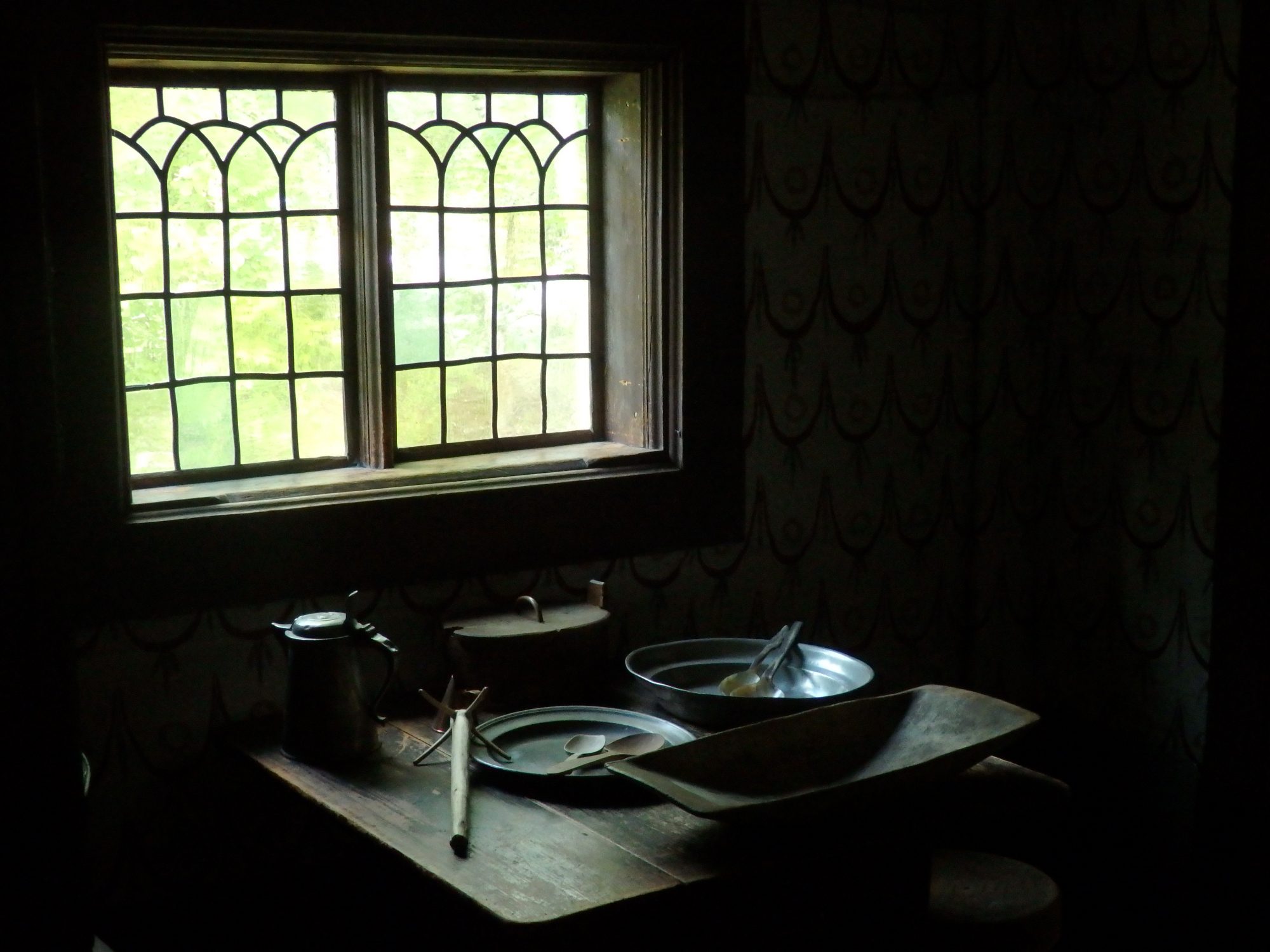
Skansen has about 150 buildings, ranging from peasant or worker’s homes to farmhouses, a schoolhouse, a post office, a bank, a church and a country manor house. Various trades and shops are represented too: a hardware store, for example, a glass blower’s workshop, a carpenter, and so on.
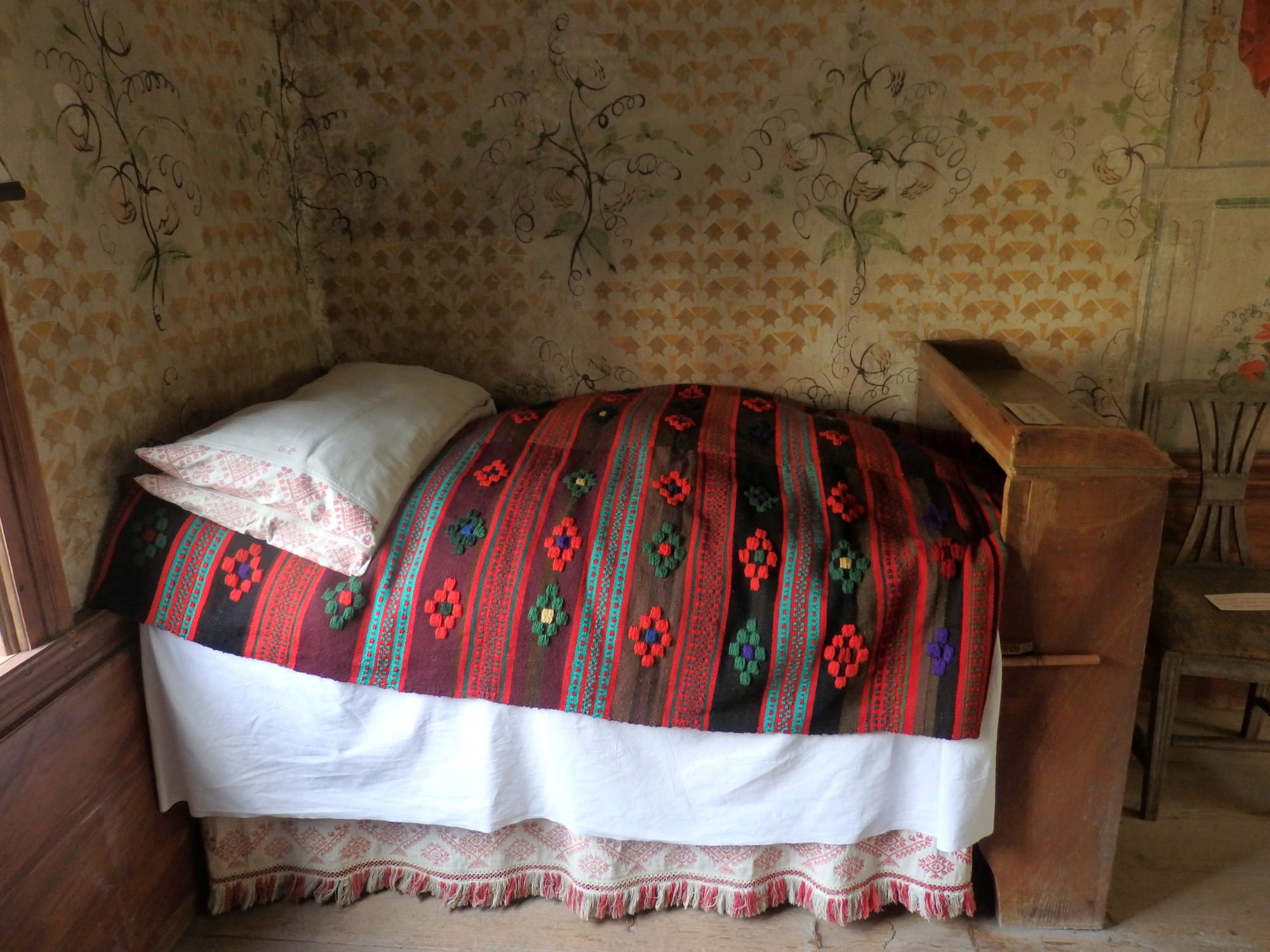
Animals native to Sweden reside in Skansen’s zoo, and kids are well provided for, with playgrounds, a funicular, and a children’s zoo.
When I found the time to visit Skansen, it was already early evening, so the crowds had thinned, which was great for my peace of mind after some very busy days at the TBEX conference. On the other hand, some of the craft demonstrations had already closed down for the day, which meant for the most part I just visited the buildings I came upon.
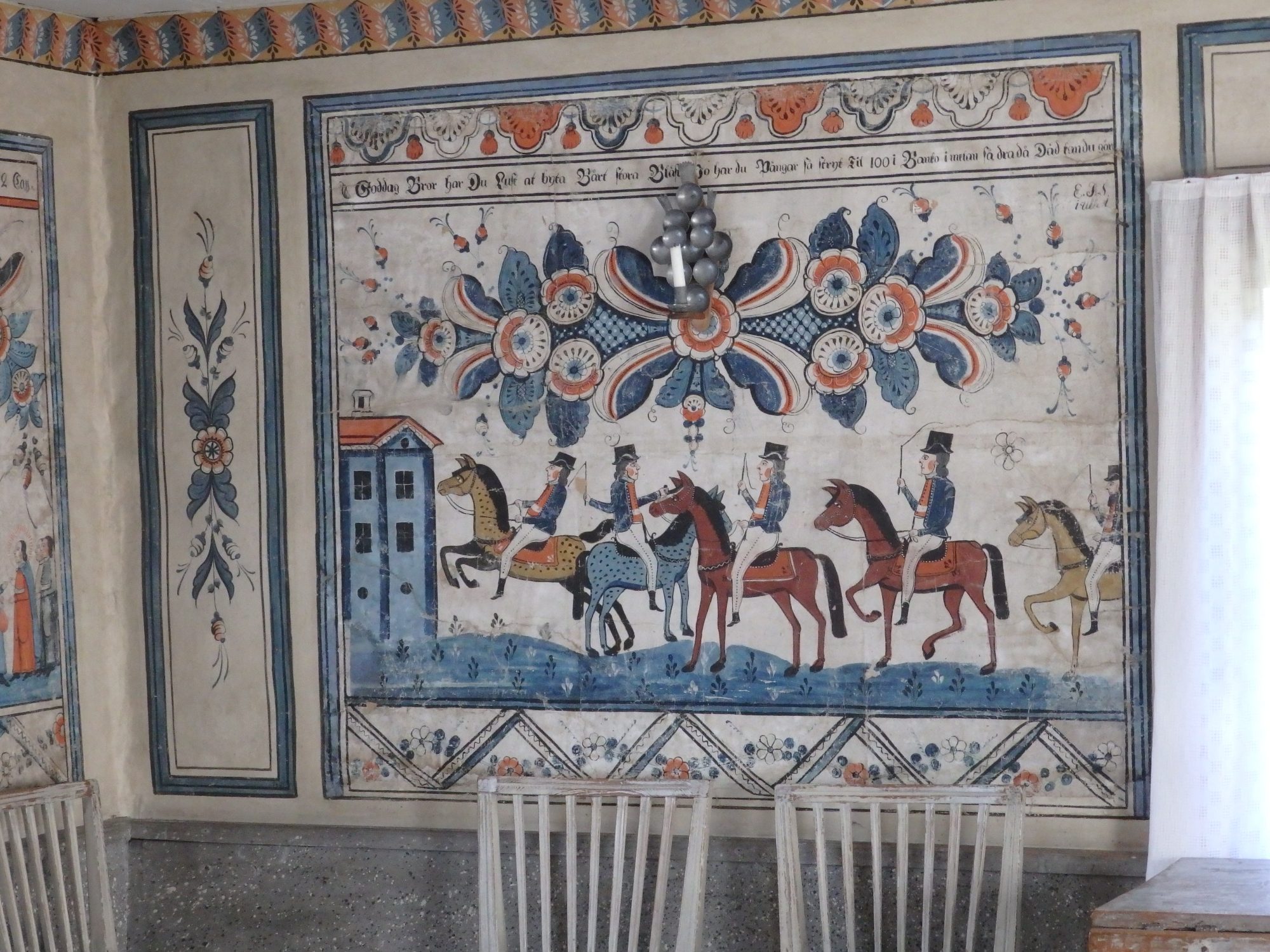
The employees stationed in each building were ready and willing to answer questions about the contents of the rooms and how the building was used. They did not start spouting facts at me without prompting, which I appreciated; I had to start each conversation. On the other hand, an introvert might be uncomfortable with this strategy.
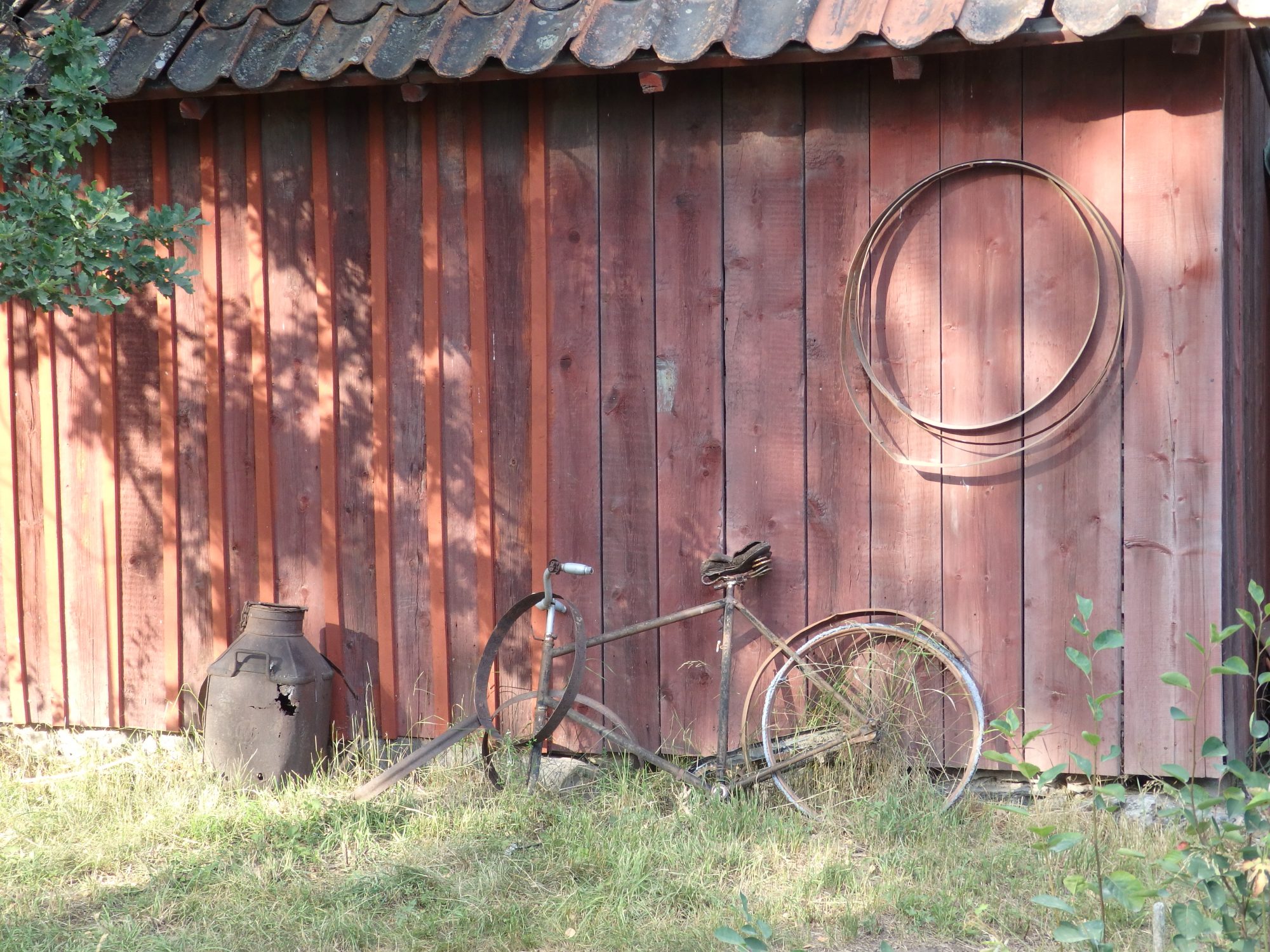
Sweden is a big place, so you have to pick and choose what to see. If you don’t have time to travel the countryside, at least go to Skansen while you’re in Stockholm. It will give you a glimpse of Swedish country life, since many buildings like these still exist outside Stockholm, and also some insight into Sweden’s past.
Do you like open-air museums too? Which would you recommend?
Disclosure: I have nothing to disclose, since I paid a normal admission to Skansen. All opinions are my own.



Lovely post Rachel!
I like open-air museums too. And the one that I can highly recommend is in Estonia.
The Estonian Open Air Museum was only established in 1921, but was inspired by this very same museum and those in Norway and Denmark!
I’m sorry I missed that when I was there. Maybe next time!
I’ve never before heard about the Skansen open-air museum in Stockholm, but your post about it makes me want to see it next time I’m in town.
Definitely worth a visit if you get to Stockholm!
I biked around this area in Stockholm, but didn’t see the interiors. I love the idea of open air museums. There’s a great park with authentic architectural museum in Bucharest. Even though we drove around Romania and saw many examples in sitio, the open air museum was a great introduction.
True, it would also be good as an introduction before further travels.
We have been to Stockholm a couple of times but had no idea about Skansen. Wish we could have been at TBEX so we could have seen it. Thanks for the heads up, we’ll have to check it out next time.
I hope to see you at a future TBEX!
We recently were in the vicinity of Sturbridge Village in Massachusetts but didn’t have time to visit!
I visited Sturbridge quite a few times as a child (I grew up next door in Connecticut.). It’s a lovely glimpse into New England’s rural past.
I like open air museums as well, whether they be small villages such as Skansen, Sturbridge and Williamsburg or large cities like Quebec City, Jerusalem or Athens. We just came back from a river cruise in Russia and stopped in the village of Mandrogy, which also consists of traditional homes from past centuries. Thanks for this interesting insight!
I never really thought of living cities like Quebec, Jerusalem or Athens as being open-air museums, but I guess you could see them that way. In that case, I’d add Mont-Saint-Michel to the list, and lots of other towns in Europe!
I love Open-Air museums. It’s great to get a picture of the country, its culture and history in one place.
I agree!